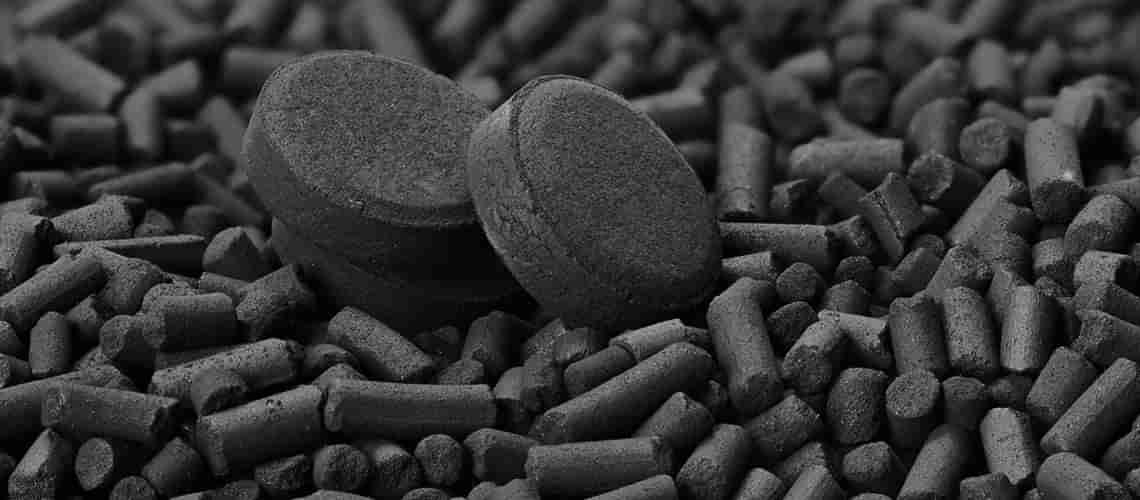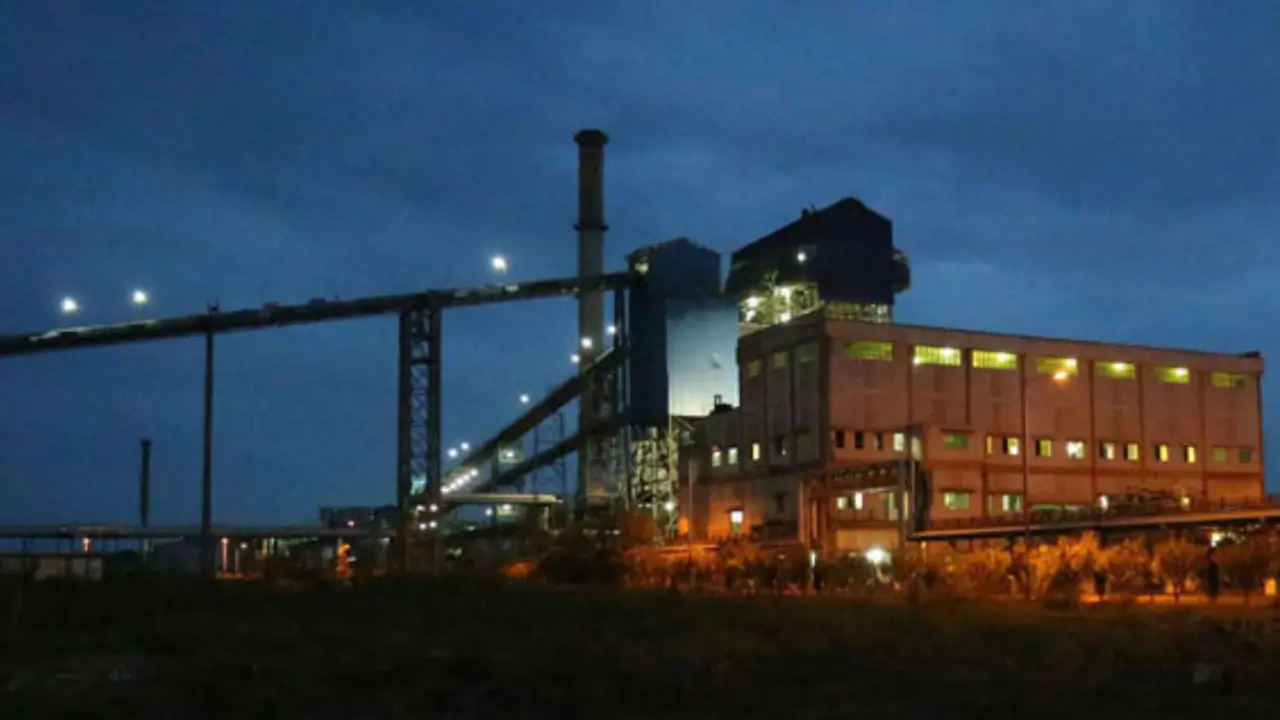- About
- Industries
- Products
- Wastewater Treatment
- Conventional Effluent Treatment: AQUASEP
- Toxic Refractory < 60,000 COD Removal: Catalytic Hydro-oxidation CHD-Ox
- Wet Air Oxidation for TOXIC > 60,000 COD : THERMOX
- Nanobubbles in Water Treatment: NANOPOREX-E
- Chemical-Free Cooling Tower Technology – A Sustainable Solution: ZEPHYR
- MVR for ZLD: Vapozem
- Membranes in wastewater Treatment: PROMEM
- TSS removal and Product recovery using Ceramics: PORESEP
- Heavy Metals and Trace Contaminant removal using Resins: SORBION
- Improving Efficiency of your sand bed filters: NANOMATRIX
- Choosing the Right technology for Wastewater treatment: Wastewater Treatability Studies’
- Reduce/Recover Oil from Wastewater: DISORB
- Produced Water Treatment: PWT
- Non Biofouling Membranes in wastewater Treatment: PROMEM-B
- Advanced Bioaugmentation Culture: BIOPORE
- Cavitation using Ultrasonics: RUSONICS-E
- Oxygen Generator System for Industries: OXYLIFE
- Process Solutions
- Precious Metal catalyst Filtration: CONTUFILT-M
- Activated Carbon Filtration: CONTUFILT-AC
- Raney Nickel Catalyst Filtration: CONTUFILT-RN
- Hot Gas Filtration: CONTUFILT – MH
- Biosolids removal using ceramics: PORESEP
- MVR for ZLD: VAPOZEM
- Ion Exchange-based RESINS: SORBION
- Dehydrating solvents by Zeolite Membranes: SOLVOSEP
- HiGee Continuous Distillation: ROTASEP
- Molecular Separation by Membranes: PROMEM
- Filtration & Separation
- Precious Metal catalyst Filtration: CONTUFILT – M
- Activated Carbon Filtration: CONTUFILT-AC
- Raney Nickel Catalyst Filtration: CONTUFILT-RN
- Hot Gas Filtration: CONTUFILT – MH
- Ceramic Dynamic Membrane Filtration: PORESEP
- MVR for ZLD: Vapozem
- Nano-Bubbles Improve Process Efficiency: NANOPOREX
- Alternate to Continuous Distillation / Rectification: ROTASEP
- Liquid-Liquid Extraction Mixer Settler: SEPARIX
- Ion Exchange-based RESINS: SORBION
- Pervaporation: Dehydrating Solvents and Separating Mixtures: SOLVOSEP
- Cartridges & Filter Bags: FLOWSEP™
- Molecular Separation by Membranes: Recovery and Isolation: PROMEM
- Colour / Organics / VOC Removal: CARBOSORB
- Oxygen Generator System for Industries: OXYLIFE
- RUSONIC – Sonochemistry
- Magnetic Separator Technology: MAG-Filt
- Wastewater Treatment
- Resource
- Contact Us
Top Posts
5 Applications of Nanobubbles in Agriculture
How to Increase Yield Without Using Fertilisers?
Nanobubbles, microscopic gas-filled spheres, are revolutionising irrigation practices. Their unique properties enhance water retention, nutrient uptake, and crop productivity. By incorporating nanobubbles into irrigation systems, farmers can optimize water usage, reduce waste, and promote sustainable agriculture.
Nanobubbles increase soil water-holding capacity, reducing water loss. They also enhance nutrient availability to plants, promoting healthier growth and higher yields. Nanobubbles stimulate root development, leading to better nutrient and water absorption. By reducing soil salinity, nanobubbles improve plant health and productivity. Overall, nanobubbles contribute to more efficient and sustainable agriculture, conserving water and increasing crop yields.
What are Nanobubbles
Nanobubbles are microscopic gas-filled cavities, typically measuring less than 200 nanometers in diameter. Unlike larger bubbles that quickly rise to the surface, nanobubbles remain stable in water due to their low buoyancy. This stability allows them to interact with contaminants for extended periods, making them effective for various applications.
Nanobubbles have unique properties that make them valuable in water treatment, agriculture, and other industries. They can enhance water retention, improve nutrient uptake, and promote the growth of beneficial microorganisms. Nanobubbles help reduce the concentration of pollutants and improve the overall quality of water.
Nanobubbles in Agriculture
Nanobubbles are revolutionizing agricultural practices by enhancing water efficiency, nutrient delivery, and crop yield. These tiny gas-filled bubbles, measuring less than 200 nanometers, offer unique advantages that improve irrigation systems and soil health.
One of the primary benefits of nanobubbles in agriculture is their ability to dissolve oxygen in water. When used in irrigation, nanobubbles significantly increase the dissolved oxygen levels, promoting healthy root development and enhancing nutrient uptake by plants. This leads to improved plant growth, increased resistance to diseases, and higher yields.
Nanobubbles also facilitate more effective nutrient delivery. When mixed with fertilizers, nanobubbles help in the uniform distribution of nutrients, ensuring that crops receive essential elements in a more bioavailable form. This not only enhances nutrient efficiency but also reduces fertilizer runoff, minimizing environmental impacts.
The application of nanobubble technology can reduce water usage in agricultural practices. By improving the overall health of the soil and plants, farmers can achieve better results with less water, promoting sustainable farming practices.
Boosting Crop Yield with Nanobubbles
Nanobubble technology has shown promising results in enhancing crop yields across various agricultural sectors worldwide. Here are a few examples:
- Rice: In Vietnam, studies have demonstrated that the application of nanobubble-treated water to rice fields can significantly increase grain yield and improve rice quality.
- Wheat: In Australia, experiments have indicated that nanobubble irrigation can lead to higher wheat yields and reduced water consumption, particularly in arid regions.
- Tomatoes: In Spain, greenhouse tomato production has benefited from nanobubble technology, resulting in increased fruit size, improved quality, and higher yields.
- Potatoes: In the United States, nanobubble irrigation has been shown to enhance potato tuber growth and reduce the incidence of diseases.
- Corn: In Brazil, field trials have demonstrated that nanobubble-treated irrigation water can increase corn yield and improve nutrient uptake.
These examples above highlight the potential of nanobubbles to improve agriculture practieas by optimising water usage, improving nutrient efficiency, and ultimately boosting crop productivity.
Long-Term Benefits of Nanobubbles in Agriculture
Nanobubbles offer several long-term benefits for agriculture, particularly in the areas of soil sustainability, drip irrigation maintenance, root health for long crops, and soil enhancement.
Soil Sustainability:
- Improved Soil Structure: Nanobubbles can help improve soil structure by enhancing aeration and water infiltration. This can reduce soil compaction and erosion, leading to more sustainable and productive agricultural practices.
- Increased Organic Matter: Nanobubbles can stimulate the growth of beneficial microorganisms in the soil, which can increase organic matter content and improve soil fertility.
Drip Irrigation Maintenance:
- Reduced Clogging: Nanobubbles can help prevent clogging of drip irrigation emitters by reducing the formation of mineral deposits and organic matter buildup. This can lead to more efficient water delivery and reduce the need for frequent maintenance.
- Enhanced Water Distribution: Nanobubbles can improve the distribution of water in drip irrigation systems, ensuring that plants receive adequate moisture without over-irrigation.
Root Health for Long Crops:
- Promoted Root Growth: Nanobubbles can stimulate root growth and development, allowing plants to access nutrients and water more efficiently. This is particularly beneficial for long crops such as trees and vines.
- Reduced Stress: Nanobubbles can help reduce stress on plant roots, improving their resilience to environmental challenges such as drought and salinity.
Soil Enhancement:
- Nutrient Availability: Nanobubbles can enhance the availability of nutrients to plants, improving their overall health and productivity.
- Reduced Pesticide Use: Nanobubbles can help reduce the need for chemical pesticides by promoting healthy plant growth and reducing the susceptibility of plants to pests and diseases.
FAQ’s
How does this technology will affect soil’s health?
Nanobubble technology significantly improves soil health. By enhancing soil aeration and water infiltration, nanobubbles reduce compaction and erosion. Nanobubbles stimulate the growth of beneficial microorganisms, increasing organic matter content and improving soil fertility. This leads to more sustainable and productive agricultural practices.
Is this a Natural way to increase crop yield?
Yes, nanobubble technology is a natural way to increase crop yield. By improving water retention, nutrient uptake, and root health, nanobubbles enhance plant growth and productivity without the use of harmful chemicals.
What are the best sustainable agriculture practices?
Nanobubbles enhance sustainable agriculture through improved irrigation efficiency, hydroponics growth, nutrient release in compost, and environmentally friendly pest control, showcasing their versatility in boosting agricultural productivity.
Conclusion
Nanobubble technology offers a promising solution for enhancing agricultural sustainability. By improving irrigation efficiency, nutrient delivery, and crop yield, nanobubbles contribute to more productive and environmentally friendly farming practices. Their ability to improve soil health, reduce water waste, and promote sustainable agriculture makes them a valuable tool for addressing the challenges of modern agriculture. As research and development continue, nanobubbles are poised to play an increasingly important role in ensuring food security and environmental sustainability.
Learn more about the technology.
Related Posts
LinkedIn Feed

Industries
Wastewater Treatment
Separation Sciences
Contact
Sign in for latest updates
Stay informed with the latest updates from Diva Envitec! Sign up for our newsletter to receive exclusive news, insights, and case studies directly to your inbox.

Copyright © 2024 Diva Envitec
Terms of Service
Privacy Policy
Industries
Wastewater Treatment
Separation Sciences
Contact
Sign in for latest updates
Stay informed with the latest updates from Diva Envitec! Sign up for our newsletter to receive exclusive news, insights, and case studies directly to your inbox.


